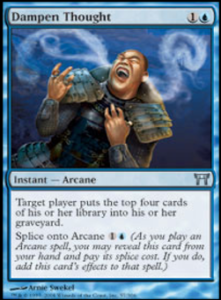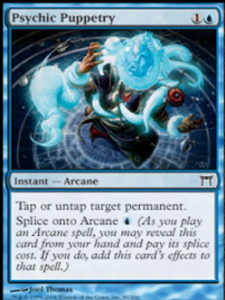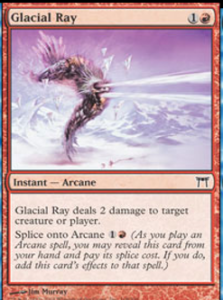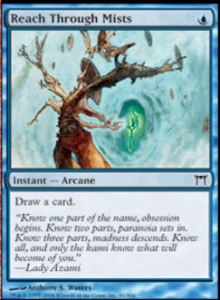In every MTG set, you can find a number of mechanisms relevant to some of the cards. A combination of cards benefitting from a similar mechanism often creates a very powerful synergetic effect. We call this effect mechanical synergy (for example: Madness, Affinity, Storm). Sometimes two mechanisms in the same series create with each other a synergistic effect (examples: Madness + Discard + Flashback effects). Therefore, a mechanical synergy is created by a match between cards that share a common mechanism or several fitting mechanisms. This synergy is not important in itself except when it serves a specific strategic idea, i.e., accompanied by functional synergy. However, the mechanical synergy is usually an effective means of achieving powerful functional synergy.
Mechanical synergy is relevant in both limited and constructed environments. In both formats the mechanism or mechanisms underlying the set usually become the central axis around which the different decks are built. In Odyssey Block, for example, the main decks were Psychatog, U/G Threshold and U/G Madness: three decks with a different strategic idea but based on the same mechanical synergy. This phenomenon is easy to explain since these mechanisms were invented intentionally to achieve better functional synergy. However, the two should not be confused: mechanistic synergy is nothing more than the empowerment of cards sharing a mechanism and alone is not sufficient to facilitate victory unless it revolves around a strategic idea. For example, mechanical synergy rarely includes an independent win condition.
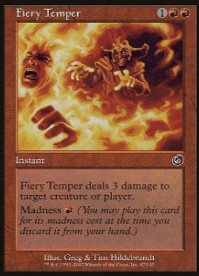
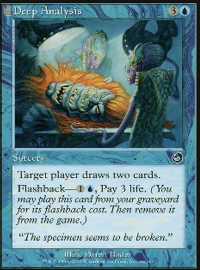
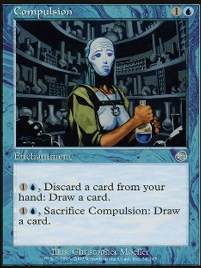
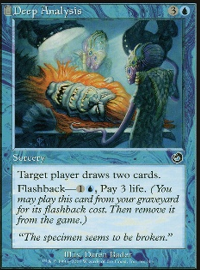
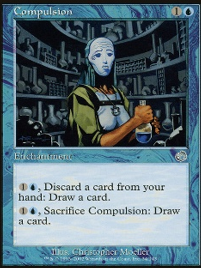
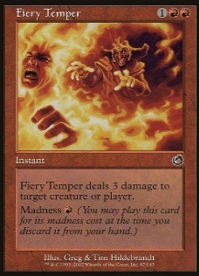
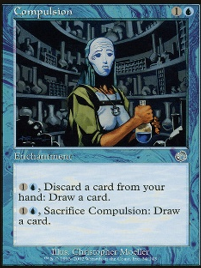
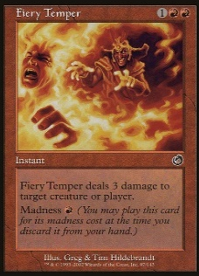
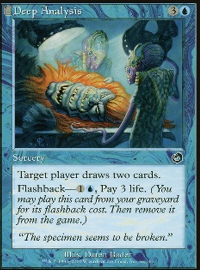
Good working team!
In a limited environment, as opposed to constructed, it is sometimes difficult to achieve functional synergy based entirely on mechanical synergy. The reason for this is that mechanical synergy is much more demanding than a simple functional mechanism in the sense that the cards necessary to achieve it cannot be replaced with other cards without losing much of the synergistic effect. If I chose to include in the affinity deck several non-artifact cards, the early game draw of these cards would literally destroy my entire battlefield development. ‘Normal’ functional synergy is more ‘forgiving’ and allows the inclusion of less suitable cards without such devastating results. Since mechanical synergy is more demanding, it depends on the pool of cards available to the player to build the deck. This is why this type of synergy is more common in draft format compared to sealed format (about this in the following chapters).
Many years ago, I taught MTG at a school for gifted children. In one of the classes I explained why it would be a mistake to draft based entirely on mechanical synergy if the cards themselves are not considered playable on their own. I told a friend who was an avid fan of crazy drafts about my lecture. On the spot she made a bet: at the next draft she would build a deck based almost entirely on cards that individually would be considered quite bad. Long story short: his deck beat all the other decks and won first place. It was based on a spell called Dampen Thought (he managed to draft 3 of these), which with other spells could be used again and again, emptying the opponent’s library.
